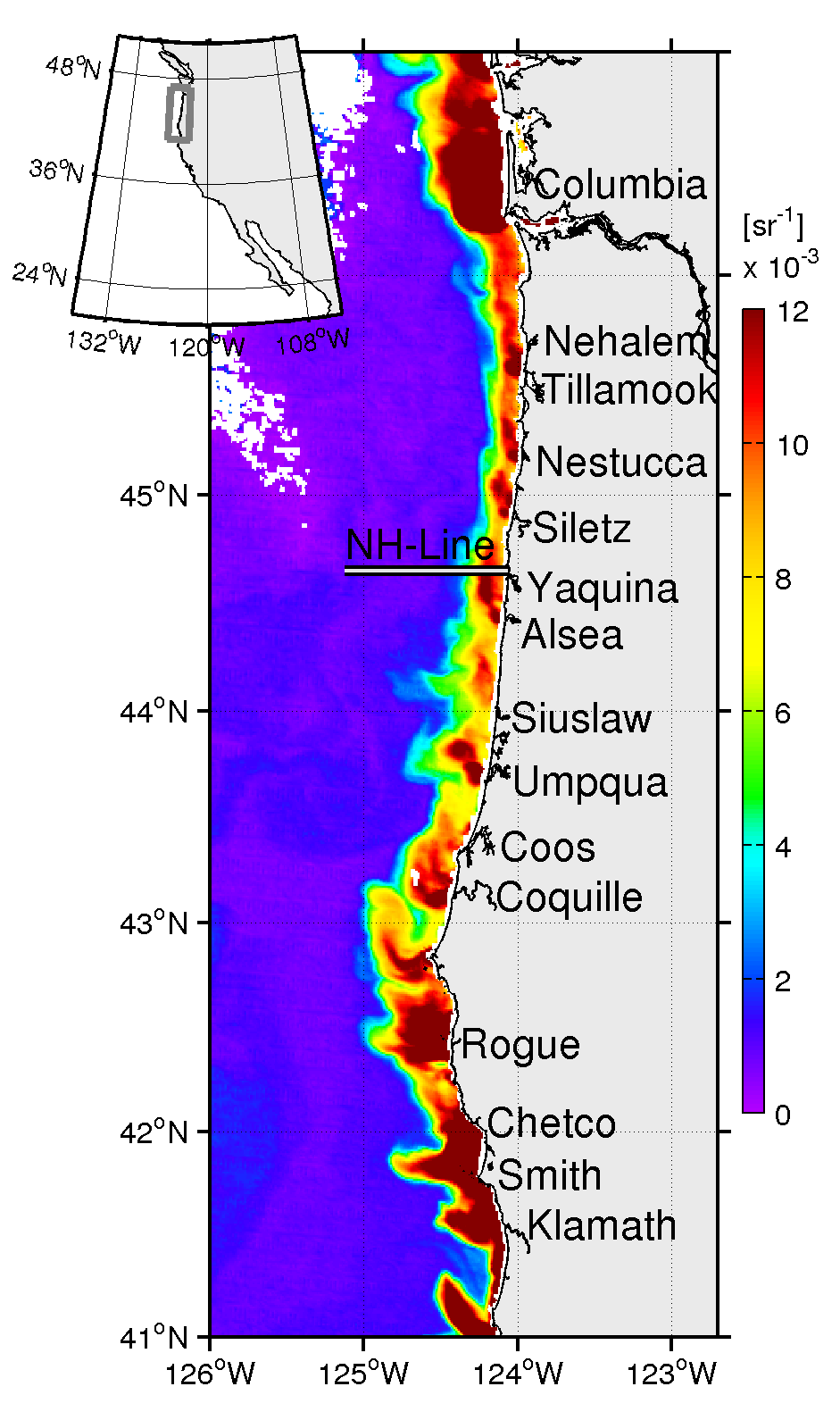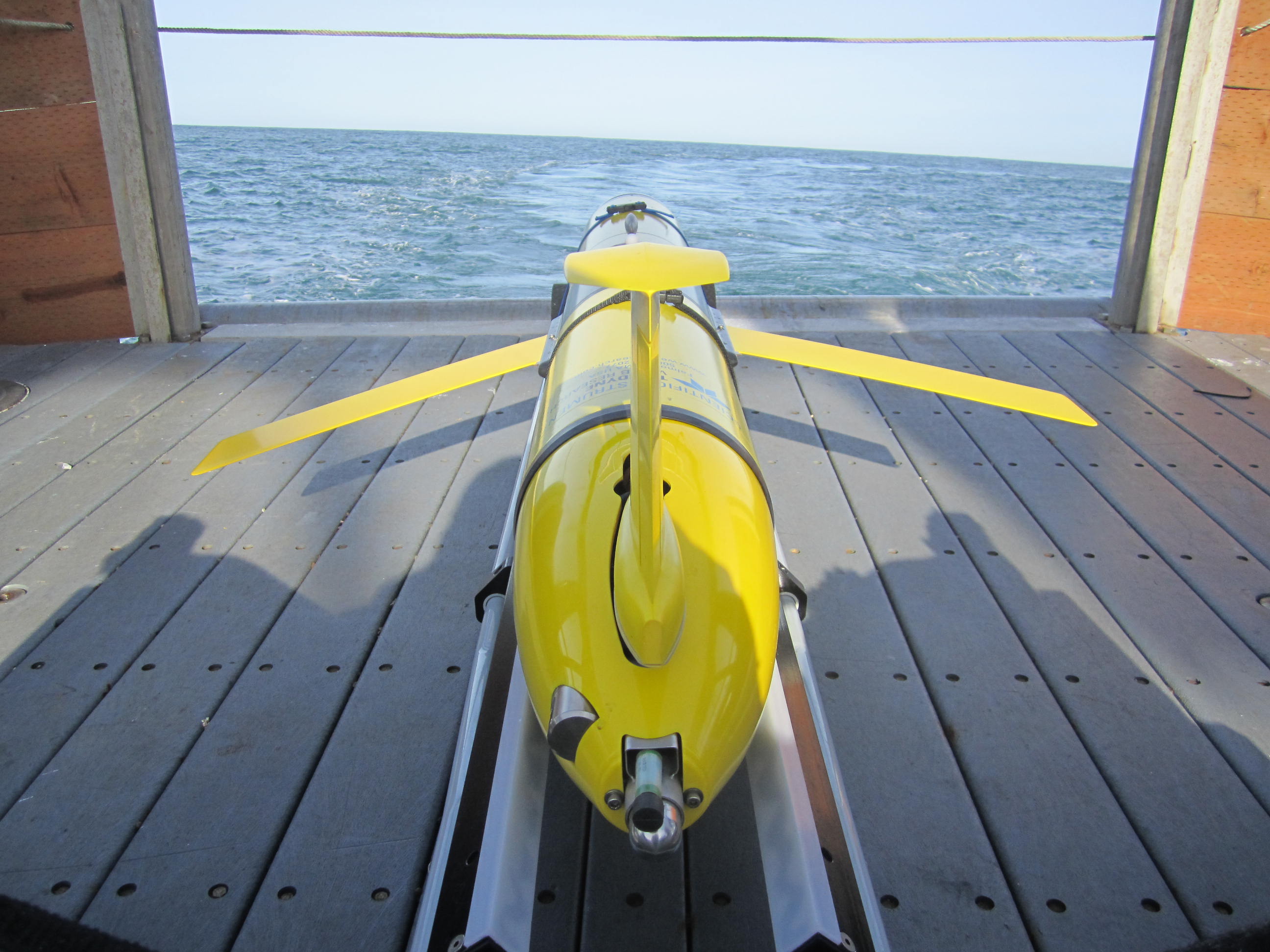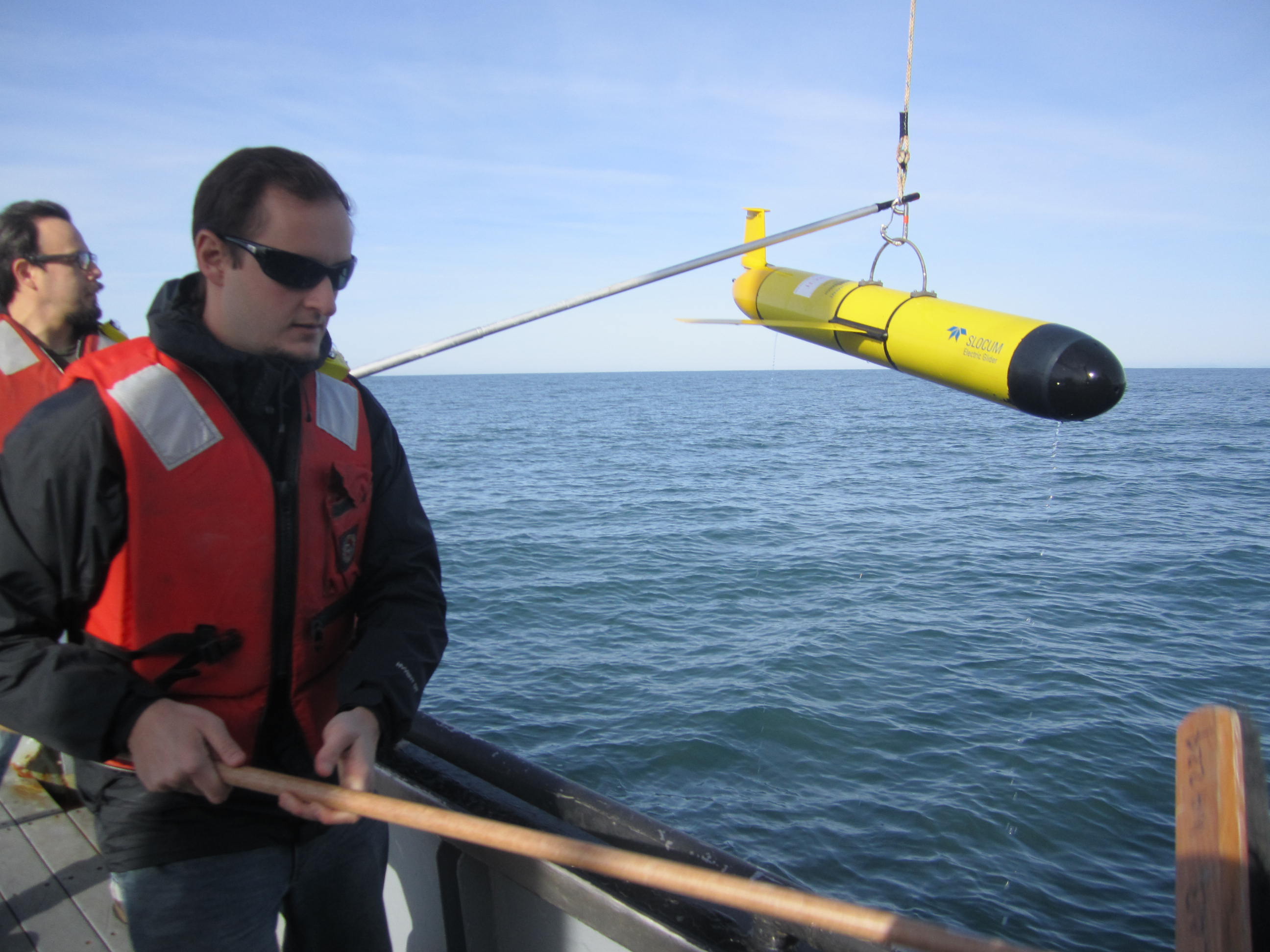The Oregon Coastal Current
In continental shelves where significant amounts of freshwater enter the ocean, buoyancy forcing generates currents that become trapped to the coast, under the effect of the Earth’s rotation (Coriolis effect), and propagate in the same direction as coastal trapped waves, with the coast on the right (left) on the northern (southern) hemisphere.
Commonly referred to as coastal currents, they are a primary connection between estuarine environments and the coastal ocean and play a vital role in ocean biogeochemistry and marine ecosystems. Besides that, the effect that freshwater has on the continental shelf is also very interesting and profound from the physics point of view, since it modifies the ocean stratification. These changes in stratification may allow or modify internal motions and also affect small-scale processes in the ocean, such as turbulence and mixing.
During Fall and Winter, the net discharge from the coastal rivers between northern California and the central Oregon coast reaches from a few thousand to over ten thousand m3/s, and discharge peaks are comparable to the Columbia River, which is the single largest source of freshwater off the west coast of the USA. This massive freshwater input distributed along the coast creates a persistent coastal current, which we named the Oregon Coastal Current (OCC).
In this work we use over 6 years of underwater glider data acquired by the OSU glider team to investigate the OCC. We characterized the OCC and studied how the along-shelf wind forcing modifies the structure and characteristics of the OCC via Ekman dynamics. I derived a two-layer model of a coastal current and used it to estimate the transport of the OCC, also quantifying the role that different mechanisms such as buoyancy-forcing, wind-forcing, and the large-scale Davidson Current, play on the freshwater and total along-shelf transports.
Underwater Glider
Piero Mazzini and Chris Ordonez recovering a glider at Newport, Oregon.

Snapshot taken from MODIS/Terra on 27 Jan 2012 for the 555-nm remote sensing reflectance \(R_{rs}\), an effective tracer of turbidity in the water column. Warm colors are indicators of river plumes and the coastal current along the northwest coast of the United States. The names of the major rivers along the Oregon and northern California coast are shown.
Publication:
- Mazzini, P.L.F., J.A. Barth, R.K. Shearman, and A. Erofeev. Buoyancy-driven coastal currents off Oregon during fall and winter. 2014. Journal of Physical Oceanography , 44, 28542876. [JPO]

